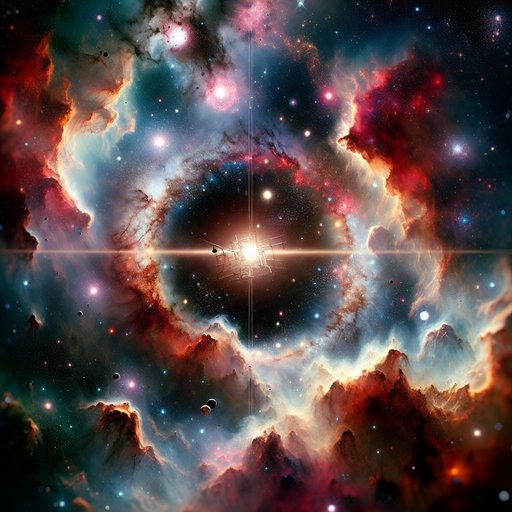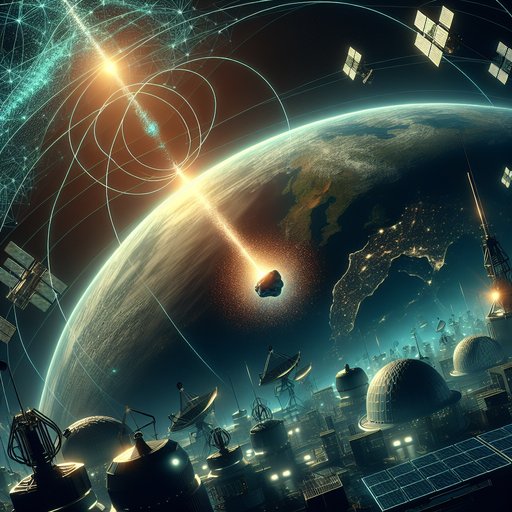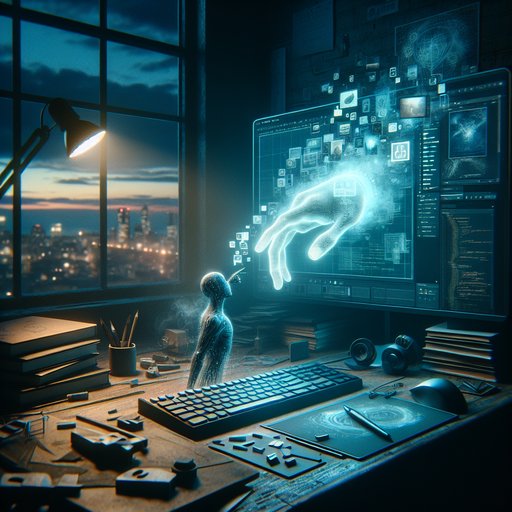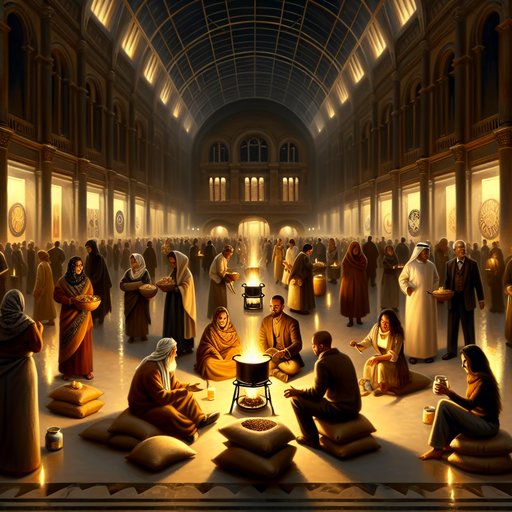
In an astronomical achievement, the Vera C. Rubin Observatory has unveiled its first images, captivating the world with breathtaking views of the universe through its innovative deep-field vision. As these images circulate globally, the observatory is not just a tool for astronomers but a new avenue for public engagement with the cosmos, promising insights that could reshape our understanding of the universe on both grand and minute scales.
The Vera C. Rubin Observatory, known for its revolutionary capabilities, has captured images that allow viewers to zoom in to extraordinary depths, bringing celestial bodies into clearer focus than ever before. Named after the pioneering astronomer Vera C. Rubin, the observatory's recent release of images has been likened to a visual feast for both scientists and enthusiasts alike.
These images display the universe in an unprecedented manner, providing a new perspective to study cosmic phenomena [1]. Intended to deepen our grasp of astrophysical concepts, these initial images offer a glimpse into regions of space that are typically beyond our visual capacities. With advanced imaging technology, the observatory is set to transform our cosmic viewpoint by highlighting not only the grandeur of vast galaxies but also the finely detailed structure of these distant worlds. This promises to open new areas of investigation into mysterious cosmic occurrences including dark matter and energy [1].
While the Vera C. Rubin Observatory continues to push boundaries, the NASA/ESA Hubble Space Telescope also contributes by displaying intricate details of the NGC 4449 galaxy, a small but dynamic neighbor in our universe. Hubble's recent observations highlight the thriving star-forming activities within NGC 4449, showcasing this small galaxy as a profound subject of study for understanding galactic evolution. This dual revelation emphasizes the complementary roles of these observatories in offering a fuller picture of the universe [2].
The recent achievements in the field of astronomy underscore a period of rapid expansion in cosmic exploration, with the potential to fuel future groundbreaking studies. As these images and data are analyzed, scientists anticipate that emerging discoveries will challenge existing theories and invite further questions about the cosmos. Enthusiasts and experts alike eagerly await what additional revelations the merging of historic and modern telescopic perspectives will bring, cementing this era as a significant chapter in our cosmic journey [1][2].
Sources
- Rubin Observatory’s First Images Just Unveiled the Universe as We’ve Never Seen It Before (Scientific American, 2025-06-23)
- Hubble studies small but mighty galaxy (Phys.Org, 2025-06-23)
























